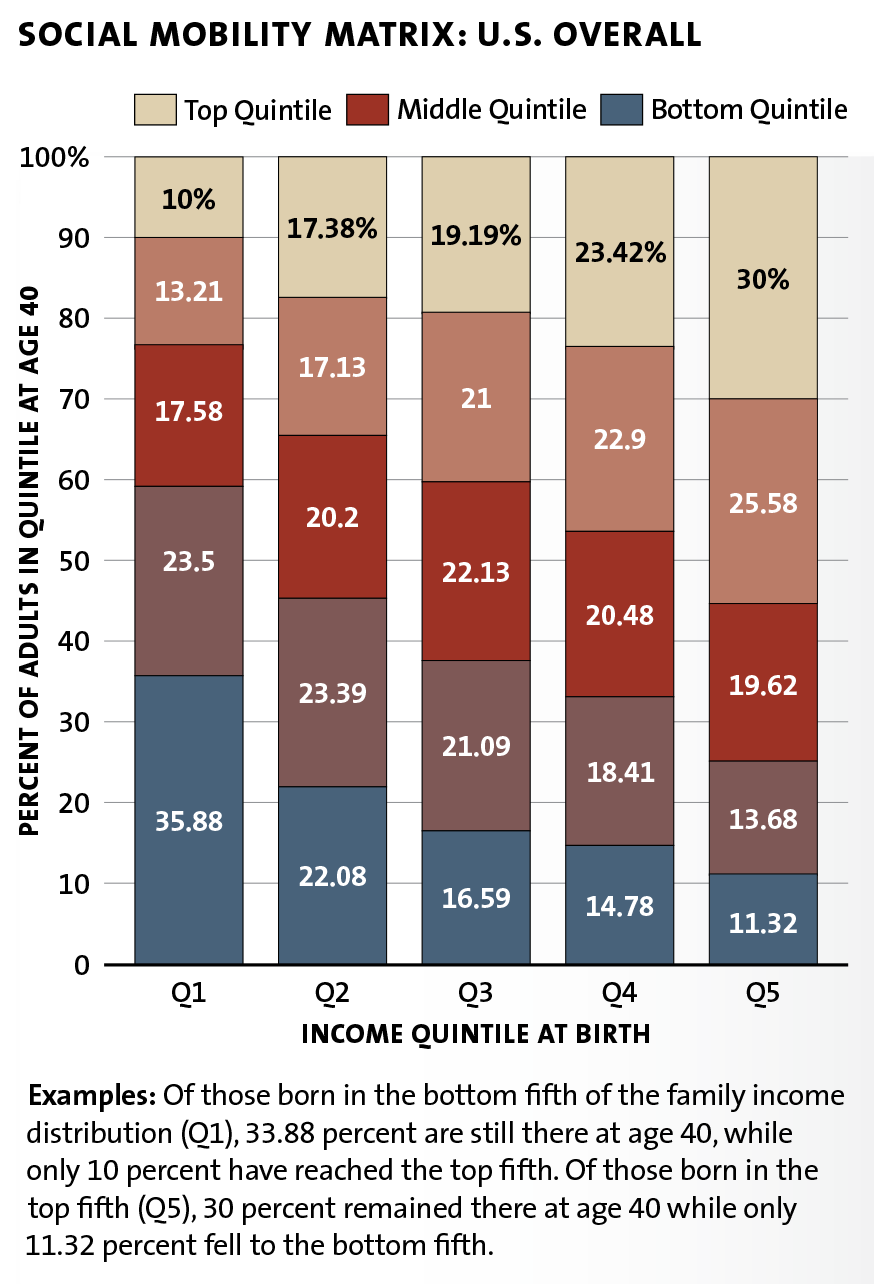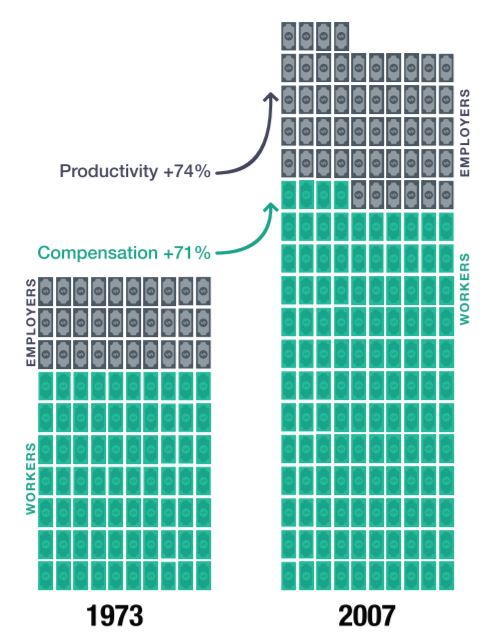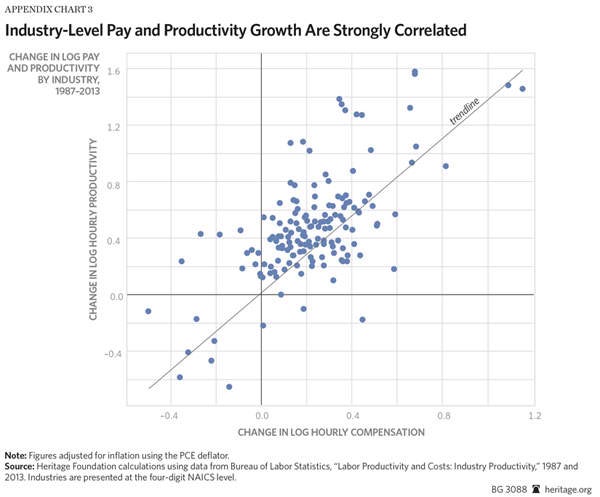
A fairly recent study by sociologists Timothy O’Brien and Shiri Noy looks at the relation between science, religion, and politics with interesting–and perhaps counter-intuitive–results.
“We were looking at the assumption that science and religion are conflicting sources of knowledge,” O’Brien said. “There is this assumption in the popular imagination that if you’re scientifically oriented you can’t be religious, and if you’re religious you can’t be scientifically oriented. What was found was that it is true to some extent. We found three big groups of Americans based on their attitudes about science, their knowledge about science, and their attitudes about religion.”
The author broke the survey data into three categories:
- Moderns: “those most familiar with and favorable toward science.”
- Traditionals: “the most religiously devout and the least familiar with science.”
- Post-seculars: “whose worldviews blend elements of both science and religion.”
“As you might expect,” O’Brien continues, “moderns tend to hold more liberal or progressive opinions and traditionalists tend to be more conservative or orthodox.” The post-seculars, however, were different from both groups. You can see how they compare to moderns and traditionals below:
- Human Life: Post-seculars are “less supportive than moderns of making contraceptives accessible to teenagers. Postseculars and traditionals are also less likely than moderns to agree that it is acceptable for individuals to end their own lives and that patients with incurable diseases have a right to die…[P]ostseculars’ restrictive beliefs about abortion and other issues in this domain are evidence that appreciation and understanding of science do not necessarily lead to liberal social attitudes” (pg. 7).
- Gender and Sexuality: “Results indicate that compared with each other group, moderns hold more progressive views of gender roles, sexuality, pornography, and sex education. There are no significant differences in postseculars’ and traditionals’ attitudes in this area, indicating that as with attitudes about human life, familiarity with science does not ensure liberal sociopolitical beliefs” (pg. 10).
- Race and Civil Liberties: “Given their liberal views on gender and sexuality, it is perhaps surprising that moderns are less supportive than traditionals of affirmative action. Postseculars are even less supportive than moderns of affirmative action. Yet this pattern aligns with moderns’ and postseculars’ greater likelihood of agreeing that African Americans can overcome prejudice without favors. In addition, traditionals and postseculars are more likely than moderns to explain Black-White differences in terms of innate qualities, whereas moderns are more likely than traditionals to attribute race disparities to educational opportunities and discrimination…Moderns are more likely than traditionals to agree that atheists, communists, gays and lesbians, militarists, and racists should be able to place books in public libraries and to speak publically. Postseculars are also more supportive than traditionals of these civil liberties these groups” (pg. 10).
- Government and Social Assistance: While “postseculars are more religious than traditionals, they are less supportive than traditionals of government efforts to reduce inequality” (pg. 10).
- Criminal Justice: “Interestingly, although moderns are less likely than traditionals to approve of the police’s use of force in some situations, moderns are more likely than traditionals to approve of police force under other circumstances. Furthermore, compared with traditionals, moderns report that courts should deal with criminals more harshly. Postseculars’ opinions in this domain generally resemble moderns with one exception: despite moderns’ relatively tough-on-crime attitudes, they are more likely than each other group to support the decriminalization of marijuana” (pg. 10).
- Children, Families, and School: “Postseculars share moderns’ emphasis on independent thinking but emphasize obedience more and social acceptance less than moderns. Furthermore, traditionals are more likely than moderns to view spanking as an acceptable form of punishment for children. Finally, consistent with the prominence of faith in the traditional and postsecular worldviews, these groups are each more likely than moderns to approve of prayer in public schools” (pg. 10).
- Personal Well-being and Interpersonal Trust: “Postseculars…report more positive interpersonal attitudes compared with traditionals” (pg. 11).
In conclusion,
In most, but not all, domains, moderns’ beliefs are relatively liberal or inclusive, whereas traditionals’ are more conservative or exclusive. However, the postsecular perspective defies this binary. Individuals in this category, who are familiar with and appreciative of science and also deeply religious, are marked by sociopolitical attitudes that cannot be consistently labeled conservative or liberal (pg. 11).














